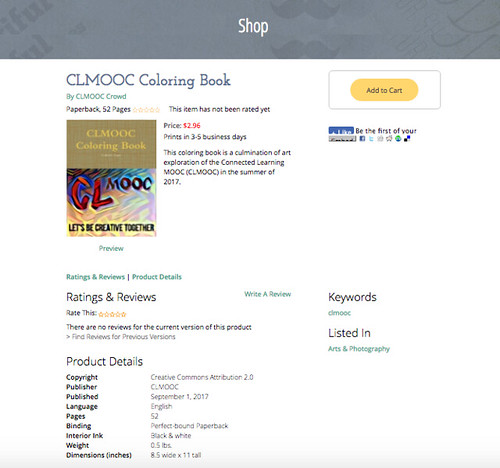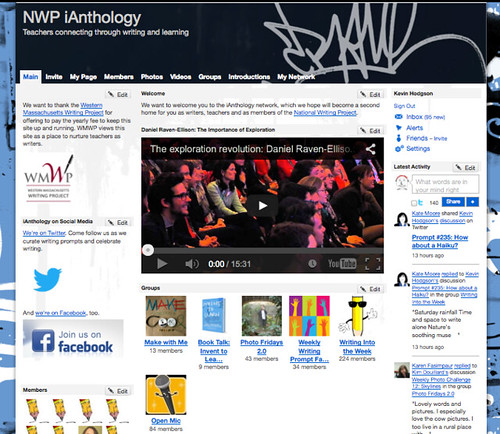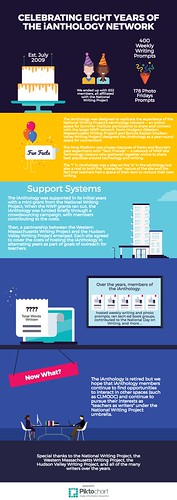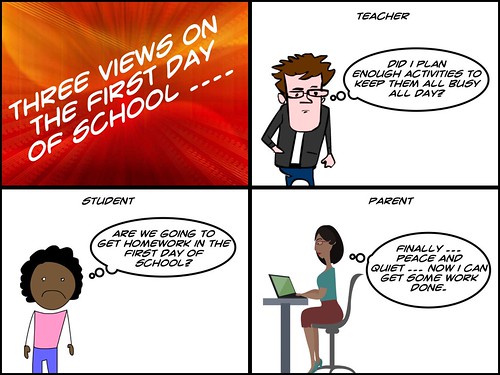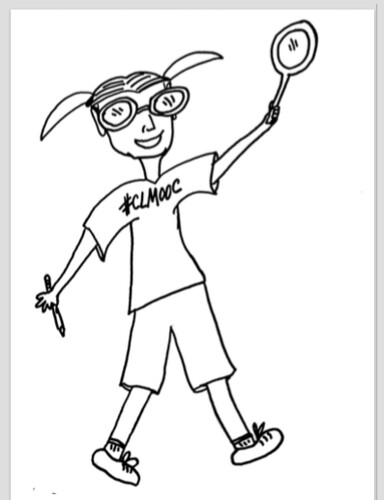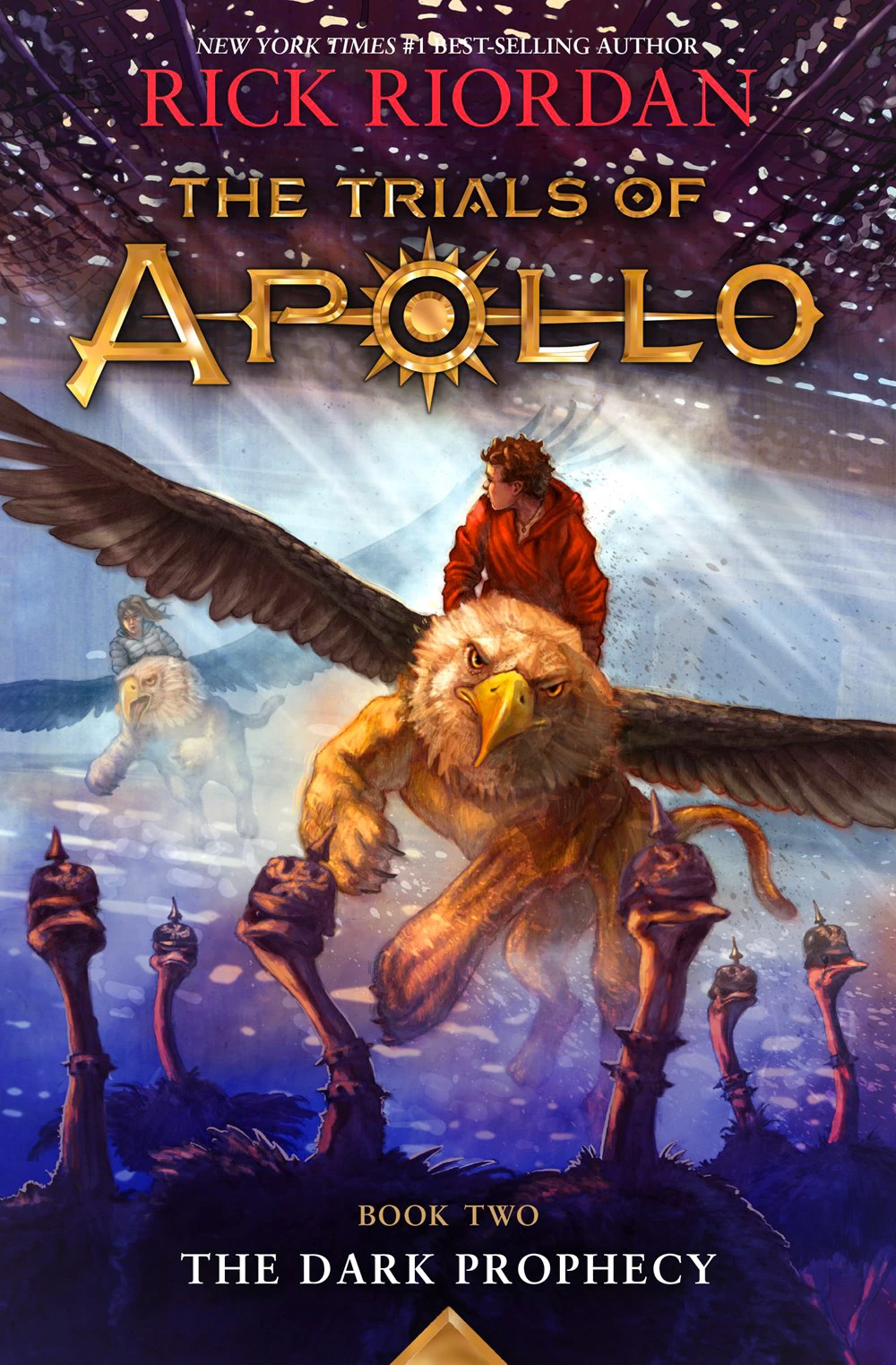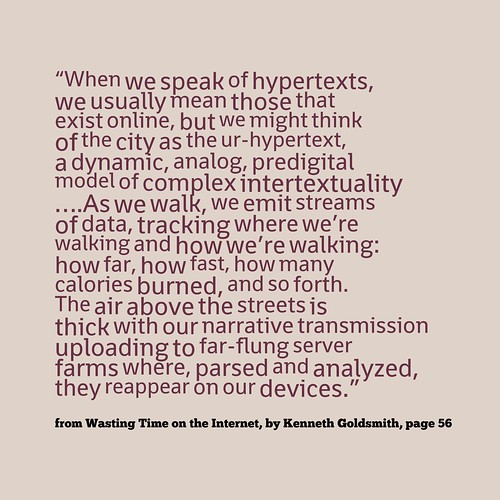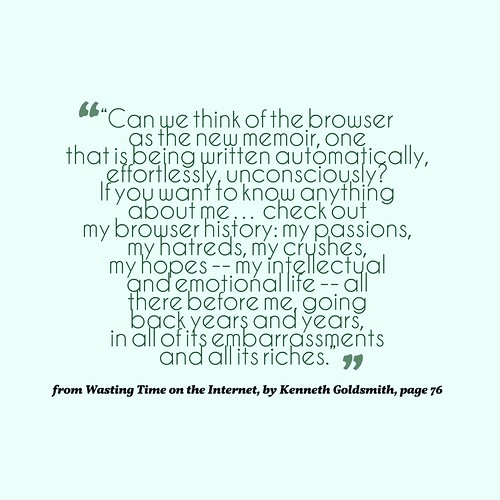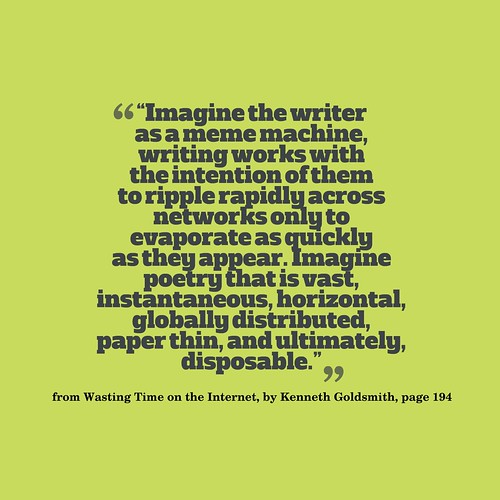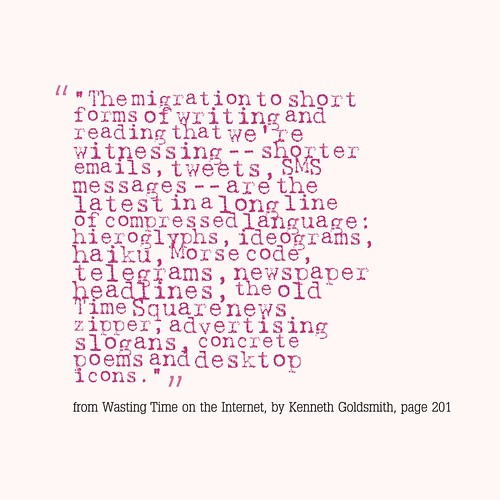
FirstSecond Publishing has been putting out a series of graphic novels under a “Science Comics” banner that are quite interesting for merging informational text with story in graphic novel form. The latest — Flying Machines: How the Wright Brothers Soared by Alison Wilgus and Molly Brooks — is a fine example of how this format works.
Narrated with sass and wisdom from Katharine Wright, a somewhat-forgotten sister of Wilbur and Orville, the story is a deep look at the engineering marvels of flight, and while the focus is on the Wright brothers, the book does not skimp on many others (mostly in Europe) who contributed to the art of flight over a short period of time in the early part of the 1900s.
While the Wright’s story is familiar, the graphic story takes on a very scientific approach to the ins and outs, and ups and downs (sorry) of success and failure, of the move to get into the air with wings. Wilbur and Orville’s passion, and intentional engineering design approach, come through clearly. They were both driven to fly, and faced danger along the way. Many pioneers of flight died in crashes.
The book does not skimp on the science, either, giving over full pages to explain the technology and engineering ideas behind flight. This may leave some readers wanting more story, and less science, but Wilgus and Brooks do a nice balancing act, with Katharine as our host.
The last sections of the graphic novel include short biographies of other pioneers of flight, as well as bio of Katharine, and a glossary of scientific terms and more resources to wander into. Overall, Flying Machines: How the Wright Brothers Soared is a solid read, and may appeal to a middle and high school audience.
Peace (fly free),
Kevin
